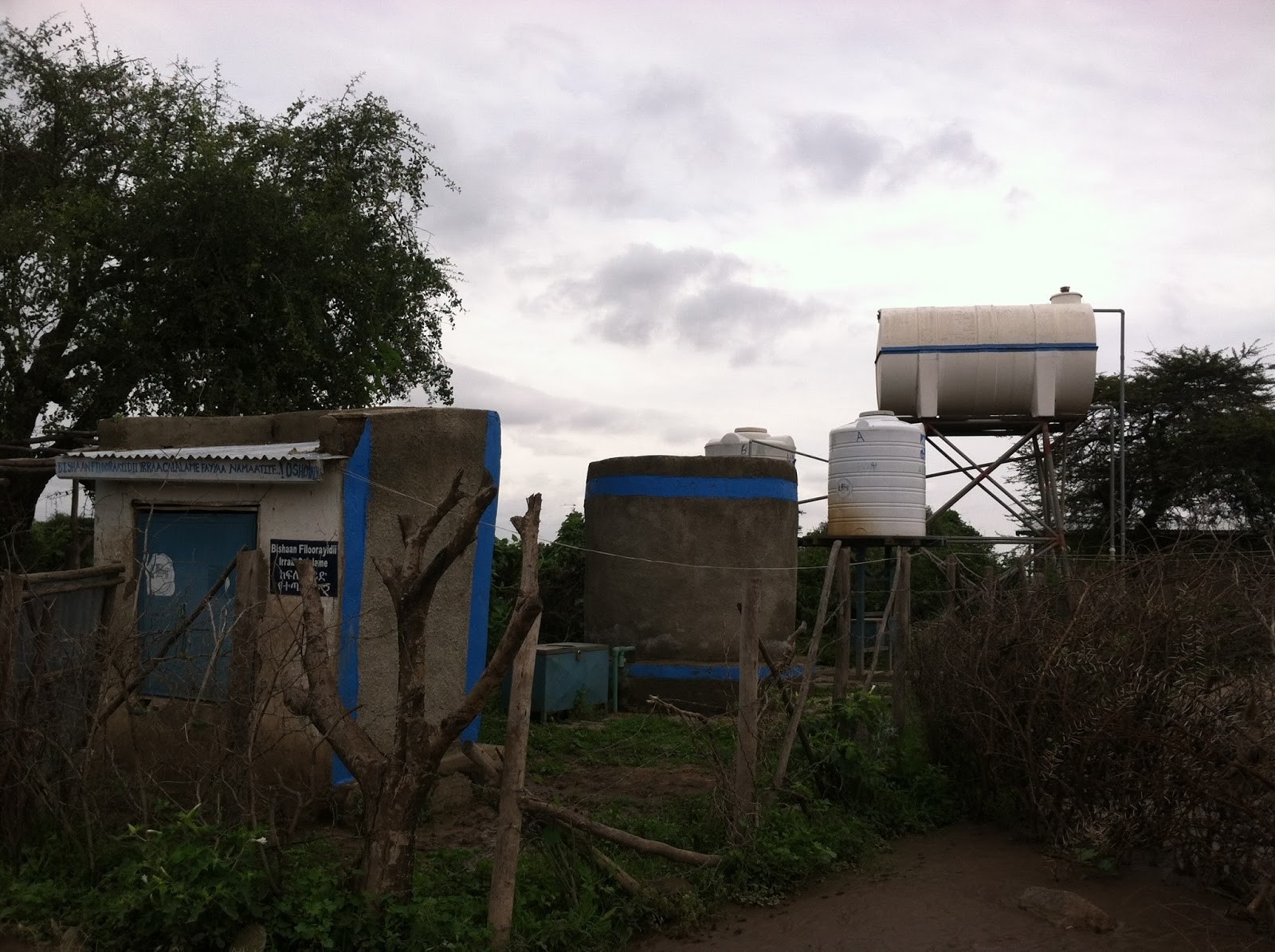Executive Summary
This case study supports and illustrates the theoretic factsheet "Financial analysis: activity-based costing" with practical insights.
How ABC helped Oromo Self Help Organization to efficiently manage its fluoride-mitigation community project in Ethiopia
Oromo Self Help Organization (OSHO) is a non-profit making, non-political and non-religious humanitarian organisation founded in 1991 with the aim of contributing to relief, rehabilitation and development efforts in the Oromiya Region in Ethiopia. In the Ethiopian Rift Valley many sources of drinking water are contaminated with naturally-occurring fluoride. Over 40% of wells are contaminated with fluoride that has leached from volcanic ash. Elevated concentrations of fluoride in drinking water are a serious health concern, with dental and skeletal fluorosis being the most commonly reported fluoride-related diseases (FAWELL ET AL., 2006). OSHO thus opened a fluoride removal technology centre with the goal of providing safe drinking water in fluoride deprived areas of Ethiopia. To this end, they sell community filters, spare parts and offer maintenance services - based on bone char and Hydroxyapatite (HAP) technology. HAP is a natural mineral and demonstrated to be a very effective and biocompatible adsorbent for fluoride removal from contaminated water (MOURABET ET AL., 2015; MOHAMMAD ET AL., 2017). The offerings allow OSHO to primarily cater to communities with filters and maintenance services, and government and private entities with spare parts. By 2016, 12 community filters were set up, serving up to 2,000 people per filter and over 18,000 people in total.

Road to success
Beginning of 2000, the NGO realised that there was potential to expand and that there was a market for selling filters to cover operational expenses (OpEx). A market-based strategy would however require far more data to operate the social business. Additionally, already growing overhead costs and increased interest from external stakeholders such as development agencies and the local government (interested in bone char and HAP) convinced OSHO to get a better sense for the costs involved in producing filters, filter materials as well as potential other services, they could sell.
Solution
By collaborating with other externals became aware that instead of categorising all labour costs as overhead costs, they could assess what labour costs were caused by which major business activities. OSHO thus began to track operating expenses to their individual core activities. For example, OSHO began to assess the costs for the filter material production (e.g. input material, labour costs) allowing them to understand the unit cost per filter and key cost drivers. Next, they assessed the costs for setting up the filter and eventually also the costs for the filter maintenance service (e.g. cost to remove the filter, regenerate and return).
Output
In turn, OSHO had a far higher cost transparency allowing the organisation to gain deeper insight into their processes and labour costs. Especially, how the latter were spread over key and secondary activities. Additionally this method allowed the company to better understand the operating margins for each customer segment, which helped pricing the offering across segments. Third, the method helped OSHO with the formulation of measurement criteria (key performance indicators), by which they could better assess occurring costs and examine them to identify areas for improvement. The identification of the key cost drivers through ABC helps the organisation to take the strategic decisions for improving cost efficiency. Lastly, the obtained data and transparency also helped inform their business plan to scale up and provided tangible data to discuss with different stakeholders. This measure thus helped OSHO to further grow their impact and provide sustainable access to safe drinking water.
Lessons learnt from OSHO implementing ABC
- Thoroughly implemented activity-based costing can help a business to identify costs efficiently and lower production costs.
- Activity-based costing helped identifying and defining margins of the product and set a clear price structure for the purified water.
- Especially philanthropic initiatives should also consider efficient use of resources and diminishing costs (see also factsheet on M&E for further information).
- ABC can help improve cost transparency and make a safe water initiative more efficient.
Recommendations to implement ABC
- Clearly identify each activity of your safe water initiative in order to allow cost transparency.
- Time has to be invested in order to thoroughly implement ABC. Though it will pay back over time as resources and needs will be more efficiently handled.
Fluoride in Drinking-Water
Efficient Treatment of Lead-containing Wastewater by Hydroxyapatite/Chitosan Nanostructures.
This paper provides insights on scientific research on the development of hydroxyapatite nanorods (nHAp) and hydroxyapatite/chitosan nanocomposite (nHApCs) for the removal of lead ions from aqueous lead-containing solutions in a batch adsorption experiment.
Mohammad, A. ; Salah Eldin, T. ; Hassan, M. Bahgat E.El-Anadoulia ; El-Anadoulia, B. (2017): Efficient Treatment of Lead-containing Wastewater by Hydroxyapatite/Chitosan Nanostructures.. In: Arabian Journal of Chemistry: Volume 10 , 683-690. URL [Accessed: 23.05.2018]Removal of fluoride from aqueous solution by adsorption on hydroxyapatite (HAP) using response surface methodology.
A study on the adsorption of fluoride onto hydroxyapatite was conducted and the process parameters were optimized using Response Surface Methodology (RSM).
MOURABET, M. ; EL RHILASSI, A. ; EL BOUJAADY, H. ; BENNANI-ZIATNI, M. ; EL HAMRI, R. ; TAITAI, A. (2015): Removal of fluoride from aqueous solution by adsorption on hydroxyapatite (HAP) using response surface methodology.. In: Journal of Saudi Chemical Society: Volume 19 , 603-615. URL [Accessed: 23.05.2018]

